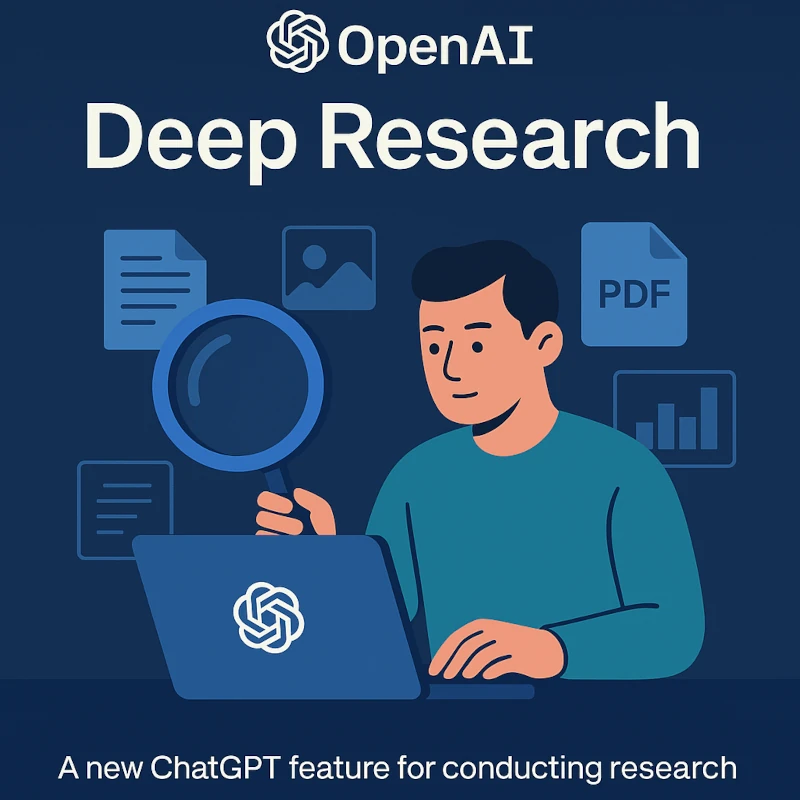Revolutionizing AI with Mixture-of-Experts and Multihead Latent Attention
AI is undergoing a transformative phase where efficiency and performance go hand in hand. Cutting-edge techniques like Mixture-of-Experts (MoE) and Multihead Latent Attention (MLA) are leading this revolution. These innovative methods not only boost model performance but also dramatically reduce computing costs. A feat exemplified by Chinese AI startup DeepSeek.
Below, we explore these techniques in depth and highlight how DeepSeek leverages them to produce cost-effective, high-performing AI models.
Mixture-of-Experts (MoE): Selective Activation for Efficient Processing
What is MoE?
In the MoE framework, an AI model is partitioned into multiple specialized sub-models or “experts.” Rather than using the entire model for every query, only the experts relevant to the input are activated. This selective engagement leads to significant savings in computing resources while maintaining high performance.
DeepSeek’s Application of MoE
DeepSeek has harnessed the power of MoE to build models that require far fewer computing resources compared to traditional dense architectures. By activating only 21 billion out of a total 236 billion parameters per token, DeepSeek achieves competitive performance. This at a fraction of the cost. A strategy that has helped it price its solutions 20 to 40 times lower than competitors like OpenAI. This approach not only drives cost efficiency but also supports large-scale experimentation without sacrificing accuracy.
Use Cases & Benefits
- Natural Language Processing (NLP): MoE enables models to dynamically select language- or context-specific experts. Thereby enhancing translation accuracy or sentiment detection.
- Computer Vision: Specialized experts can be activated to focus on specific visual patterns, optimizing tasks such as object recognition.
- Recommendation Systems: Personalized recommendations can be fine-tuned by engaging experts that cater to individual user behavior, resulting in more accurate suggestions.
Benefits:
- Cost Efficiency: Reduces energy and computing overhead by processing only the necessary parts of the model.
- Scalability: Easily integrates new experts, allowing models to adapt to diverse tasks over time.
- Precision: Specialization ensures that each expert excels at a specific subset of problems.
Multihead Latent Attention (MLA): Parallel Processing for Detailed Insight
What is MLA?
MLA is an advanced variant of the traditional attention mechanism. Instead of processing a single representation of input data, MLA allows a model to simultaneously attend to different aspects of the same input through multiple “heads.” This parallel processing improves the model’s ability to extract nuanced information while reducing memory consumption by compressing the key-value (KV) cache.
DeepSeek’s Implementation of MLA
DeepSeek’s research demonstrates that their implementation of MLA leads to significant reductions in memory usage during inference. By compressing and dynamically processing the KV cache, DeepSeek’s models can handle longer context windows and perform complex reasoning tasks more efficiently. This innovation not only contributes to lower operational costs but also boosts model throughput—an advantage that was instrumental in the success of their R1 model and is expected to further enhance the capabilities of their upcoming R2 model.
Use Cases & Benefits
- Text Analysis: MLA allows models to detect multiple themes or topics within a document simultaneously, improving summarization and information retrieval.
- Speech Recognition: By attending to various acoustic features (tone, pitch, phonetics) concurrently, MLA enhances transcription accuracy.
- Multimodal AI: MLA integrates data from diverse sources (text, images, audio) by processing their unique characteristics in parallel, offering a holistic understanding of complex inputs.
Benefits:
- Enhanced Detail Recognition: Simultaneously processes different facets of data, capturing subtle nuances.
- Lower Latency: Parallel computations speed up processing, making MLA ideal for real-time applications.
- Versatility: Adapts seamlessly to various data types and complex scenarios.
DeepSeek: A Case Study in Cost-Effective AI Innovation
DeepSeek’s pioneering work in applying MoE and MLA has set a new standard for resource-efficient AI. By combining these techniques, DeepSeek’s models require significantly less computing power while maintaining, and in some cases surpassing, the performance of more resource-intensive counterparts. For instance, DeepSeek’s models are estimated to be 20 to 40 times cheaper than equivalent models from Western giants, thanks to their innovative architectural choices.
Key highlights of DeepSeek’s approach include:
- Sparse Activation: Leveraging MoE to activate only the necessary experts for a given task.
- Memory Optimization: Employing MLA to compress the KV cache, enabling the processing of extended context windows.
- Cost Reduction: Achieving competitive performance at a fraction of the training and operational costs, with reports indicating their models can run at costs as low as $5.6 million compared to the typical hundreds of millions or more for similar systems.
These innovations not only challenge the notion that only massive, resource-heavy models can achieve state-of-the-art performance but also open the door for smaller startups to compete on a global scale.

Conclusion
The integration of Mixture-of-Experts and Multihead Latent Attention is proving to be a game-changer in AI model design. By selectively activating specialized experts and efficiently processing complex data inputs, these techniques offer a pathway to build models that are both powerful and cost-effective.
DeepSeek’s successful application of MoE and MLA underscores the transformative potential of these methods. As the AI landscape continues to evolve, strategies that optimize both performance and resource usage will be critical in democratizing access to advanced AI technologies.
Embracing these innovative architectures could redefine the future of AI—making high-quality, scalable, and cost-efficient models a reality for researchers and businesses worldwide.
Reference links: reuters.com | theverge.com
Robert J. Villemure is a digital marketing, e-commerce, and web development expert with over 20 years of experience. As the founder of OptimizexAI, he helps businesses across healthcare, hospitality, higher education, and e-commerce harness AI to drive growth and innovation. Previously, he led large-scale SEO and digital initiatives at Barton Associates and Wynn Encore Boston Harbor, optimizing websites, boosting engagement, and managing multimillion-dollar digital campaigns. A graduate of the MIT Sloan + CSAIL AI program, Robert specializes in AI-driven marketing, predictive analytics, and technical SEO. Through OptimizexAI, he shares insights and strategies to make AI and digital transformation accessible for businesses of all sizes. Connect with him.



